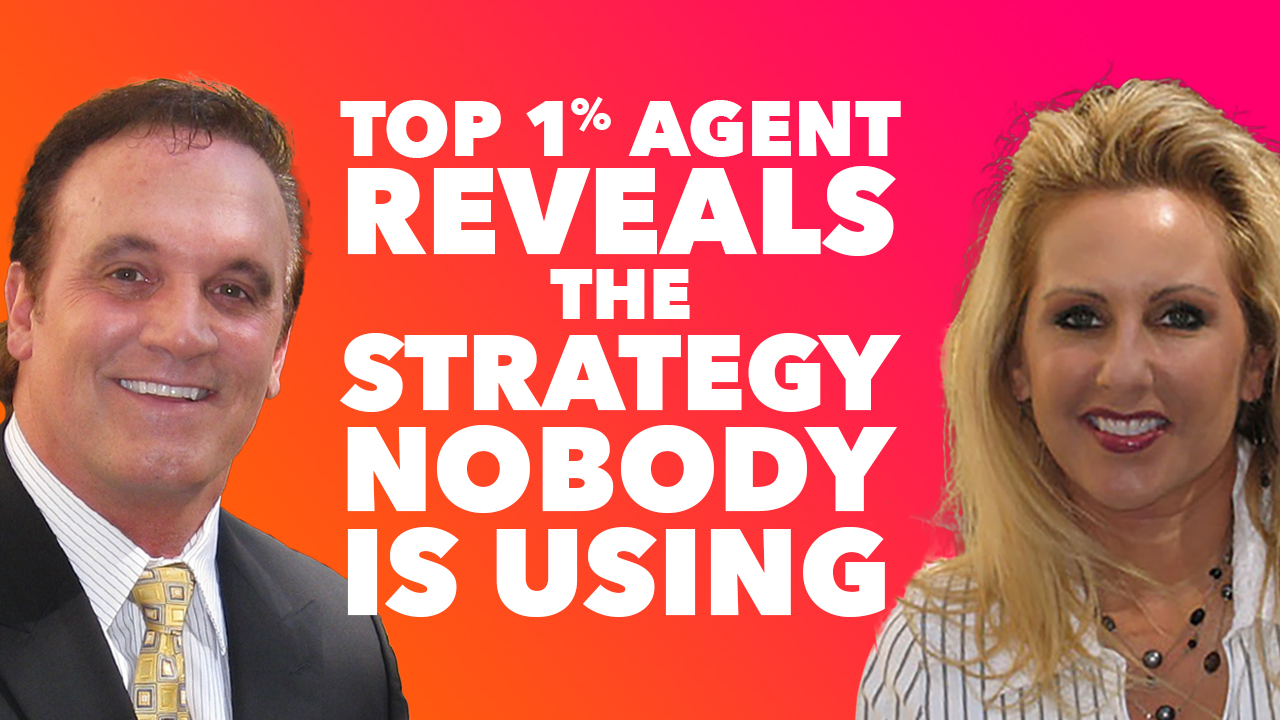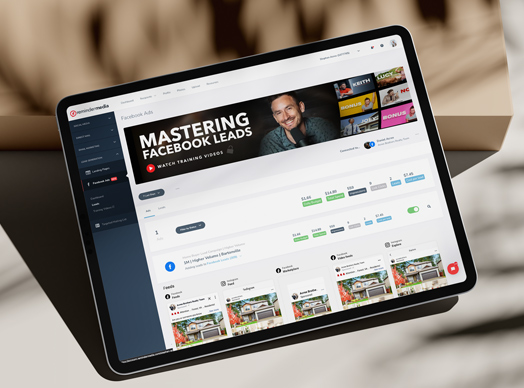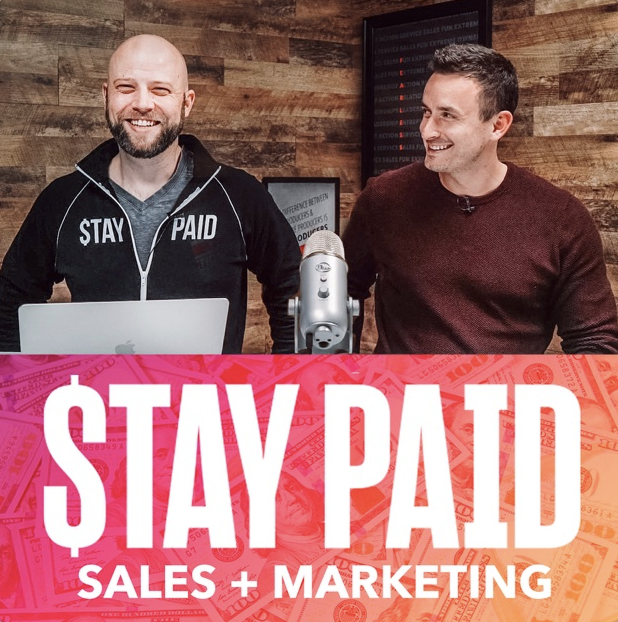Ep. 136: Paul Coan–Can Financial Advisors Beat the Market?
Paul Coan is the founder and CEO of Ploutos Weath, a strategy platform for financial advisors, helping them to develop portfolios that perform while allowing them to keep complete control—freeing them up to focus on new and existing clients. He is also the author of Asset Protection & Wealth Preservation: A Guide to Help You Avoid Common & Costly Mistakes and Recession Survival: How to Profit From An Economic Recession. He has been quoted in national publications such as BusinessWeek, Success Magazine, and The Wall Street Journal on investing and wealth management topics. Worth Magazine has named him one of the top 250 wealth advisors in the US.
On this episode of Stay Paid, Paul discusses how financial advisors can free up their time to focus on building relationships with clients and prospects, growing their business in the process.
Key Points:
- Going against the status quo can pay off for your business
- Spending more time serving your clients will help you grow your book of business naturally
- Focus on improving your work-life balance
Q: Tell us about yourself.
Back in the late 90s, I got into this industry. No one that I met had planned to get into the financial services industry—you just morph into it somehow. I started with a large firm as the vast majority do. The stats might be off, but I’d say 80 to 90 percent of advisors fail within the first two years. I was lucky enough to find the niche very early. In sales, no matter what you’re selling, you have to have a niche. So I focused on lawyers and attorneys. It was a very underserved market at the time. I was tapped by a task force at this large firm I was working with to study family offices. We studied those for eighteen months on a task force. I was lucky enough to interview 253 of them to find out what they did, how they did it, and why they did it. The fact that I was trained as an advisor on Wall Street, it was not even remotely close to the way they managed their money.
I remember it was April of 2000, we were presenting to the board of directors. April 15 was the peak of the market for the “dot com bomb.” Large firms were being sued every day for comments like lipstick on the pig, etc. The president of the board, when we mentioned we needed to open a family office as a fiduciary, literally threw his water glass—it went between my head and Matt’s head, the other guy with me. He said, “Absolutely not, we’re not going to do fiduciaries. We’re not opening our 16,000 brokers up to fiduciary responsibility. You guys wasted eighteen months of our time. Get out.”
So I got back to being a typical advisor. I’m sitting in my office, and remember, my niche is lawyers. A few days later my branch manager comes in and says, “We don’t want you bringing in any more lawyers as clients. It doesn’t cost them anything to sue us.” And I was like, “Wow, there’s a lot of presumptions in there.” At the time I thought this was ridiculous, so I picked up the phone and called a good client of mine and he said, “ I was wondering how long it would take you to leave the firm. You need to call these ten people.” They were all RIAs (registered investment advisors). Which is much more popular today than it was in 1999 or 2000. All ten said, “We’d love to meet with you.” And if you’ve never been in a large wire house firm, whether it’s Morgan Stanley or Merrill Lynch, the business cards all have the same logo on it, but the guy sitting next to you is your competition. That’s just the way it is, it’s sales. I just thought it was weird that ten other firms said, “Sure, come on in.”
The biggest thing was, “What did you learn” or “What would you have done differently if you were in my shoes?” Because they all had left big firms. And they all told me exactly what they would have done and what they did do, which was nice. They all said, “Hey, why don’t you join us, etc.”
I decided not to and opened my own firm called Wealth and Money Management and tried to implement the strategies that I had learned from the family offices, not the Wall Street firm teaching me how to do things. I was blessed that two of them told me their algorithm, they just said I couldn’t use them for other family offices. So I knew my niche, had these wonderful algorithms, and I went to a local university because I am not a tech guy. They married the two codes together, got rid of some redundancies, and I said, “OK, I’ll start doing my own investing.
In general, advisors spend about 30 hours a week on investments. If you’re spending 30 hours a week on investments, you’re spending another 30 hours a week on clients, finding new clients, marketing—you’re giving up something. Work-life balance is usually out. Using these algorithms I found I was spending about two hours a week on investments, which frees up a lot of time to service clients, finding new clients, marketing, etc. Fast forward a couple years and a few clients had recommended me to Worth Magazine. There’s this huge background check to find out what you’re doing good and what you’re doing bad, all regulatory stuff. You have to fill out a 40-page questionnaire of everything to narrow it down to the top 250 wealth advisors in the country. It’s a great honor, but it doesn’t really do much for you because it’s all subjective at the end of the day. It is great marketing though, I can tell you that.
During that time I also wrote my first book, and the reason I wrote it was because clients started asking questions about certain topics. And I thought if I’m doing all this research on a topic for client A and client C needs it and client G needs it and so forth, I thought I should just put it all together in one book and sell it, so that’s what I did.
If we fast forward a little bit further, business was going great. I’m from Indianapolis, and we were in St. Louis watching my son play a soccer match. And for whatever reason my phone started ringing because all of my clients have my cell phone, and I had three calls during this match. It’s a five hour drive from St. Louis back to Indianapolis, and it was a very silent car ride because my wife comes up to me and says, “You have made enough money. Get your work-life balance in order or get out of your company.” Five hours of dead silence with your spouse is kind of nerve-wracking. So I merged my firm with another much larger firm, staff wise, and said, “You guys can have it. Here’s my clients, but I’m keeping my investment strategies.” And I started licensing those to other advisors. Unfortunately, the firm that I had merged mine with decided they were going to use theirs and they blew up the client base. So I had clients call saying, “Wait, they’re not using your strategies. I’m down 40 percent in a month, I don’t understand.” I felt guilty, so I took about ten of them back and said I wouldn’t bring on any new individual clients, but I would license my strategy to other advisors.
Again, advisors spend about 30 hours a week managing their money. That doesn’t give them a lot of time to grow their book of business. So we license our strategies to other advisors now so they can outsource this—we call it insourcing—get better performance, be different than other advisors going after the same clients, and have a lot more time to do it.
Q: How did you go about building your book of business when you started your own practice?
It did help that I used to sit on the board of the FDA, so I knew a lot of advisors from being in the industry for 15 years. The biggest hurdle was, most advisors charge what’s called AUM (assets under management), and then immediately farm that out to money managers who also charge an AUM. I was going in saying, “Look, we’ll replace the money manager aspect other than we’re not getting custody. We’re not doing the trades. We’re here to tell you when to trade—what best days of the month to trade on. It’s going to cost maybe two hours a month of time, but you’re not going to have to pay a flat fee which is, by the way, a business write-off.” So most are going, “OK, I save time and I save money, and I get better results. Sign me up.” I thought that was a no-brainer, it’s like passing out free money. But that was the hardest thing to overcome because it’s unique. It’s not the way the industry operates. We based our fee on $10 million. But if an advisor only has $10 million they’re not going to be in business long because $10 million at 1 percent is not a lot of money annually. We’re freeing you up by 100 hours a month to do other things, you can grow that $10 million to $30, $40, $50 million, or $100 million relatively quickly—and save a lot of money and therefore, make more money.
And once you get a few you’d think referrals, but oh no. Financial advisors do not like giving other financial advisors referrals because it’s competition. Even if they’re across the country. It was really tough. So it’s basically then word of mouth. But I said we can’t be like everybody else, we have to be different. So I said, “Here’s this conference for fee-only advisors—meaning they understand fees, they’re all fiduciaries, they know what they’re doing—it’s over a three day weekend in Orlando, let’s geo-target that particular building for that weekend, and then we can now market directly to those advisors.” I could have bought the list for $200,000. I could have bought a booth for half a million dollars. Or I could spend $50,000, geo-tag it, and now every time they log on to their Instagram, their Facebook, their Twitter, they see my marketing. I thought that was a better use of my time and money. It was another one of those overcoming the AUM scenario versus flat-fee scenario.
I know advisors are egotistical, myself included. We’re cocky, we’re arrogant. But if you’re not confident, you won’t survive in this industry. No one wants to turn their money over to someone who’s like, “Oh, I’m not sure, maybe.” You’d go, “OK, I’m out of here.” The only reason you would use our service is if we could out-perform the market. So I thought, “OK, let me just pitch out performance.” Which I hated doing as a wealth advisor, because if you live on performance you will die on performance. So I pitched it, and that actually opened the flood gates.
Q: Talk about your geo-fencing strategy and your process for that.
Geo-fencing, for the way we used it was, we knew the exact address of the conference in Orlando. But we didn’t know which breakout sessions were going to be in each room, but we just said, “OK, anybody who has a cellphone that is on, over this four-day window, in this location.” They are able to capture that data, which then gives them a list to market to. And if you’ve ever been to a conference with financial advisors, during the work week, during market hours, the phone is on and their face is shoved in it. So I thought, “OK, yes you’ll have some conference workers in there too, but that’s just part of marketing.” So the geo-fence was every advisor that was there in the conference center got the ad. We ran the ad to those specific people, and once they clicked on it now they’re retargeted, etc.
Q: What’s your biggest challenge in attracting new clients?
Most of it is word of mouth, because the industry itself teaches advisors how the industry makes money. Family offices don’t have that luxury, because the only person they’re supposed to make money for is the patriarch of that family office, and if they don’t they’re fired and replaced. Financial services is the only industry that says average is the best you can do. How many times have you heard, “Oh, you can’t beat the market”? So they’re pitching average. But then you look and see Goldman Sachs hasn’t lost money on any particular day. I think they had a stretch of like seven and a half years where they never lost money trading. But the market didn’t go up every day for seven and a half years. But you look at the rich get richer and the poor get poorer, I hate to say that, but it’s accurate in investing. Billionaires, yeah 10 percent of a billion is a lot more than 10 percent of a million, I get that. But the millionaire is going after 10 percent, the billionaire, you would assume they’d be happy with two to three percent a year, but no. They say, “Hey, I’m not average. I don’t want average. If the market does ten, I want to do twenty.”
But the industry indoctrinates every financial planner, every advisor, to only look at the averages. Most financial advisors in today’s world are planners, they’re asset gatherers. They turn all that money over to our in-house money manager, who are people that we have relationships with, and also make a percent on, even though you don’t see it and the client doesn’t see it. And you just get more clients. So you’re just a salesperson, you’re not a financial advisor. That’s easy to replace in today’s environment. So why 90 percent of people fail in the first two years, what they don’t realize is, the first thing they do is look at family and friends. And then all of a sudden I’m out of a job because I didn’t have enough family and friends with money. So the senior advisor gets your accounts.
Versus our strategy which is, you don’t get paid to manage money as a financial advisor, you get paid to build and manage a relationship. You’re not even an asset gatherer, you’re a relationship builder. In 2008, when the market was falling apart, I put all our stuff online so our clients could log in—they had vaults. Now it’s common, everyone has it now. I had a client call at 3 a.m. because her purse was stolen. She was in Italy trying to plan her daughter’s wedding. They were flying back the day before the wedding, her purse gets stolen. And if you’re trying to get back to the US on an international flight without a passport, after 9/11, you really can’t do it. So she calls me at 3 a.m. And I said, “We just scanned it, it’s in your vault online.” She didn’t remember her log in. So we had to put it in a separate file. She gets it, gets on the plane, makes it back for the wedding. And to me, that’s how you service people. That’s how you build a relationship.
Q: What advice would you give your younger self?
Success leaves clues. Find people that have done what you want to do, and find out what they’re doing that works. And go interview them. Most successful people like being interviewed and sharing that information. They’ve already made the mistakes, so don’t make them again. Let them teach you what the mistakes were. Most young people don’t understand, call the CEO and say, “I’m a college student, can I buy you a cup of coffee and ask you a few questions.” The answer is going to be no, but you keep pushing.
I teach all of our subscribers in the financial services industry, every year they do a plan. Ask yourself one question: if I wanted to put myself out of business in the shortest amount of time possible, what would I do differently? Because someone else is asking that question about your business. Most people just go day to day. They don’t look and self-reflect. You can do that on a personal level too, it doesn’t have to be business. If I need to be the best person I can be to get the girl, or the house, or the car, what do I need to do? What type of person do I need to be? Just self-reflect and find out what it is. It’s not complicated.
Connect with Paul:
- Plutoswealth.com
Action Items:
- Ask yourself what has to happen in your business to make it irresistible for people to use your services.

















 Soundcloud
Soundcloud iHeart Radio
iHeart Radio Spotify
Spotify Spotify
Spotify


